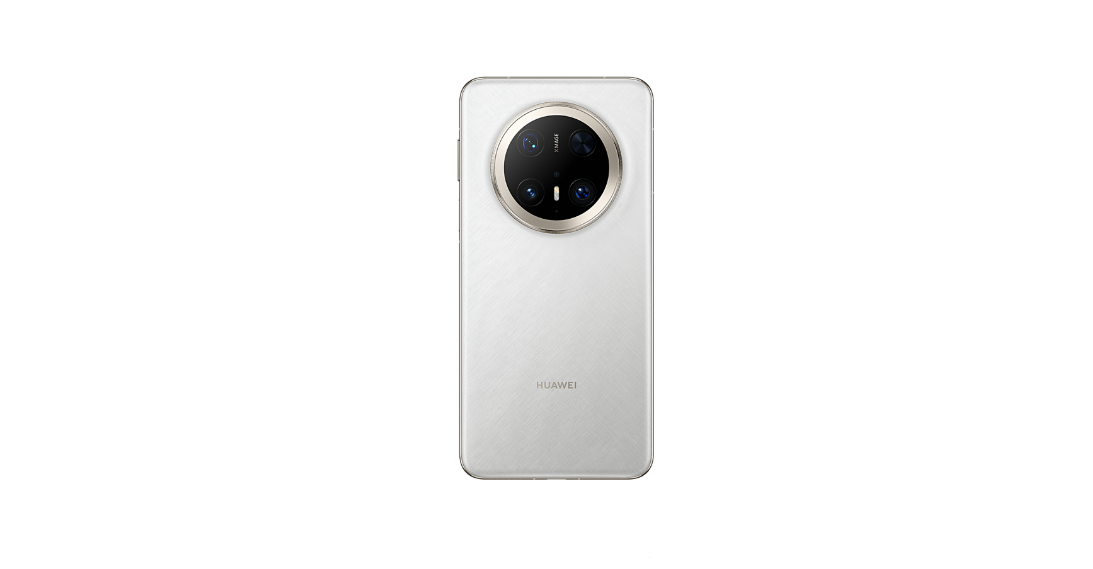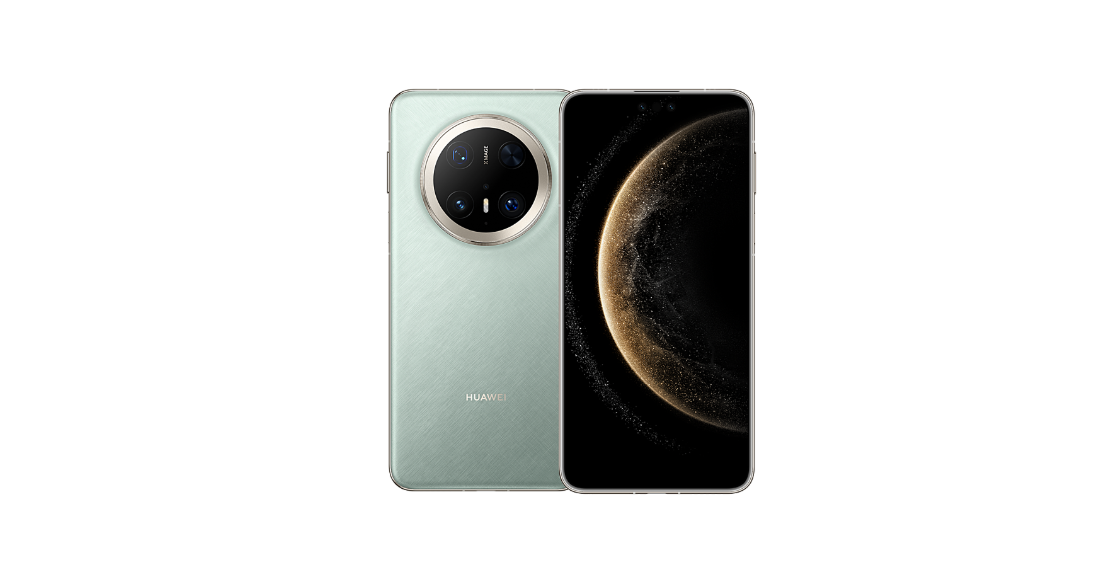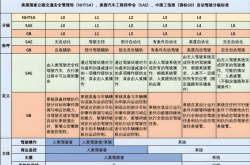Huawei Plans Global Expansion in 2025, Targeting Over 60 Countries and Regions!
![]() 01/17 2025
01/17 2025
![]() 499
499
Recently, numerous reports on global and Chinese mobile phone shipments in 2024, released by esteemed international research firms, have ignited widespread online debate. While Huawei did not rank among the top five globally, this outcome, while regrettable, was somewhat anticipated. However, within the domestic market, Huawei phones have shone brightly, securing second place with annual shipments of 46 million units and surging ahead of competitors with a remarkable 37% annual growth rate. For a corporation of Huawei's stature, domestic markets alone cannot suffice; international expansion is crucial to uphold its identity.
Furthermore, Huawei phones have staged a remarkable comeback in the domestic arena. To reclaim its former prominence, despite existing limitations, re-entering the international market is imperative. Yu Chengdong has also emphasized that the indigenous HarmonyOS aims to capture one-third of the market. Nevertheless, relying solely on the domestic market is insufficient to compete effectively with iOS and Android. Mobile phones serve as vital vehicles for HarmonyOS, necessitating their foray into international markets.

According to online sources, Huawei has set an ambitious goal for 2025: to penetrate over 60 countries and regions, launching a comprehensive global offensive. Historically, Huawei phones have shared the global stage with Samsung and Apple, even briefly surpassing them to top the global rankings in the second quarter of 2020. While achieving this new goal may pose challenges, Huawei has demonstrated its capability to do so in the past. Personally, I am confident that Huawei has the prowess to replicate this success.
In actuality, Huawei's 2025 global offensive commenced towards the end of 2024. Promotional images of Huawei phones have begun appearing in various countries and regions worldwide. While these promotions primarily focus on high-end flagship models tailored for the international market, it is evident that mid-range and low-end models will also be introduced overseas. Relying solely on high-end flagships might not sustain initial sales momentum. Therefore, a comprehensive global strategy encompassing all models is the optimal approach.

Yu Chengdong mentioned in 2021 that part of the iPhone's robust sales could be attributed to the market share vacated by Huawei phones due to exceptional circumstances. Many netizens ridiculed this statement at the time, but in retrospect, it proved to be quite accurate. During the three-year hiatus of Huawei phones, domestic competitors failed to capitalize on the opportunity, and Apple predominantly seized the vacant high-end market share. Now that Huawei is staging a comeback, it is undeniable that iPhone sales in the Chinese market have been somewhat impacted.
For Apple, the impact is relatively minimal. However, for domestic competitors, the coming days may prove challenging. Huawei phones aim not only to regain their original market share but also to continue expanding. In terms of defensive capabilities, other manufacturers find it difficult to compete with Apple. Huawei's current edge lies in its in-house system and chips, which domestic rivals cannot match.

In my opinion, Huawei phones have the potential to dominate the domestic market in 2025. What are your thoughts?




